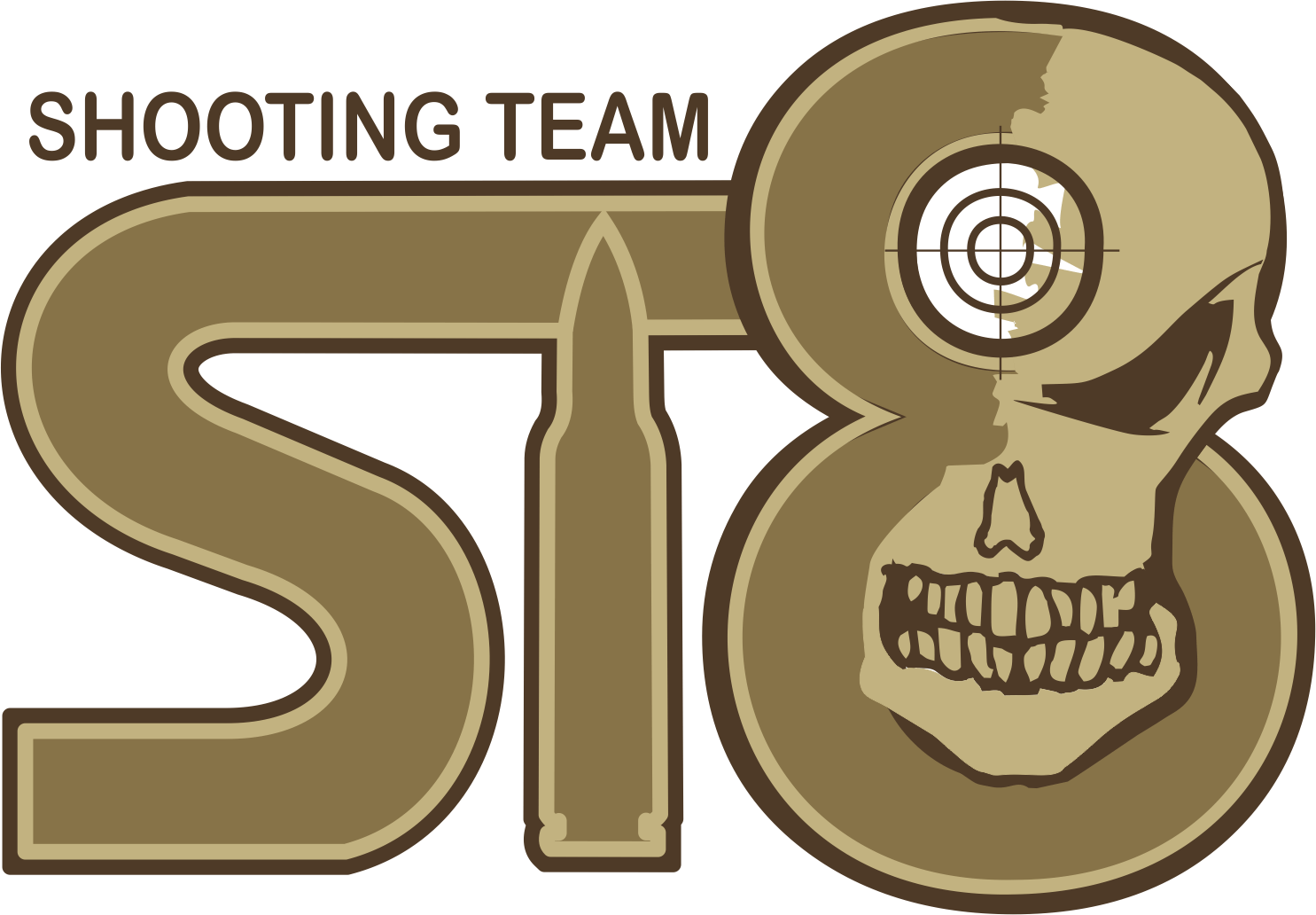Dial or holdover?
- Harry

- 29. 10. 2018
- Minut čtení: 4
To make ballistic corrections can be done using two methods. By dialing the turrets or by holdover. Each of these methods brings some benefits ...

The basic ballistic correction for precise shooting as well as the Long Range is dialing. The most common values of one click in riflescopes for this purpose are 1/10 MIL (1cm at 100m) or 1/4 MOA (0.725cm at 100m distance). Less common are riflescopes with finer clicks either 0.5 / 10 MIL (0.5cm at 100m distance) or 1/8 MOA (0.3625cm at 100m distance).

In some cases instead of dialing is better to use holdover. So when is it better to use which method?

Dialing is definitely more accurate. Especially when it is time to prepare it's good to do it. In this case I knew the distances to the targets so I made clear notes about the corrections in advance. I did not have to look for them straight during the shooting. This will help prevent some mistakes that can be made during match. Preparation is the key.
However the situation is changing when it comes to fast shooting. In the following videos the same task is shot with the same weapon. There are two metal targets at 125m and 246m. In addition they are not side-by-side so the shooter has to change the position. Targets are steel - size about 2.5 MOA. They are hanging on the ropes and they swing around after the hit so another hit is a bit more difficult. We shot a total of 4 shots alternately at both targets.
On this video Veronica was dialing. It was 1 click on the first target and 8 on the other. She reliably hits all the targets.
And here is shooting using holdover. At the first target I made a 1 click correction and then I holdover the difference between them - 7 clicks or 0.7 MIL (the scope on her rifle has a click value of 1/10 MIL). I also hit all targets but much faster...

Of course it is necessary to have an adequate reticle. One of the first and basic ones was Mildot. As the name suggests it has a value of 1 MIL between dots. In this case holdover by 0.7 MIL is just a rough estimate. Especially when it comes to fast shooting.

Newer and more modern reticles no longer have dots (which in addition cover a large part of the field of view) but hash-marks. In some cases they are numbered to avoid an error. Especially in fast shooting the shooter could easily mistake the number of marks if they were not numbered. They also have smaller marks in the value of 0.5 MIL so the work with the reticle can be a little more accurate.

The latest trend is the reticle in the form of so-called "Christmas trees". Such an reticle is directly determined for the holdover. And not just to correct the drop of the bullets (marks down) but also for the wind or the moving target (marks to the sides). This is Vortex EBR-2C MRAD.

Veronika uses this reticle on her rifle. The scope is the Vortex PST Gen II 5-25x50 FFP EBR-2C MRAD and she is quite happy with it...
So when is better to use dialing? When we have time to do it. Or if the target is too difficult. It is simply more accurate.
When is better to holdover? When there is no time. It is a less accurate targeting method but faster.
As for the wind correction we also holdover. Somebody is measuring the wind using Kestrel. Than they checks the ballistic charts and dial the result. We have learned to work with it more intuitively. The problem is that in our conditions the wind is changing constantly and fast. And when I measure the wind - then I find the correction in the charts - then dial it and prepare for the shot - the wind often changes so much that the correction is no longer valid. I will return to this topic at some other time ... The obvious question is whether it is worth to have a scope with a proper reticle for holdover. If I will shoot F-class or other precise matches - it is useless. But if I will shoot tactical or dynamic matches - then it is worth considering... Anyway you need to know all the options that the given scope and its reticle offers. And learn to make full use of these options... And another important point is to have the reticle is in the same units as clicks. There is no more confusion than having an reticle in MIL and clicking in MOA. You can also work with it but the probability of a shooters error is much greater - especially when it comes to fast shooting...
Not only to members of our team we can offer help or advice when choosing the right equipment. We already have some experience and results with it... Do not be afraid to contact us.



















Komentáře